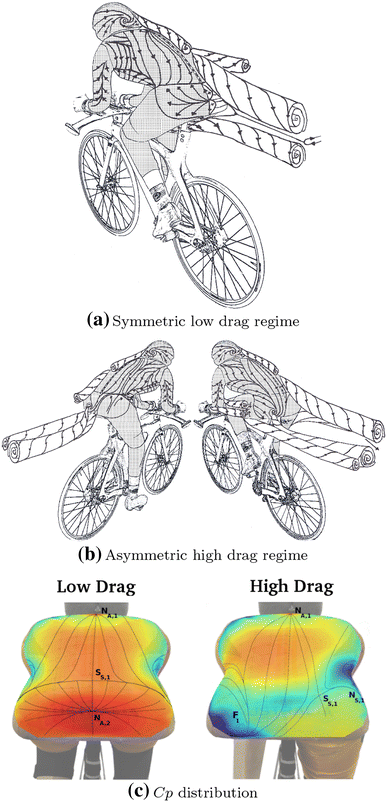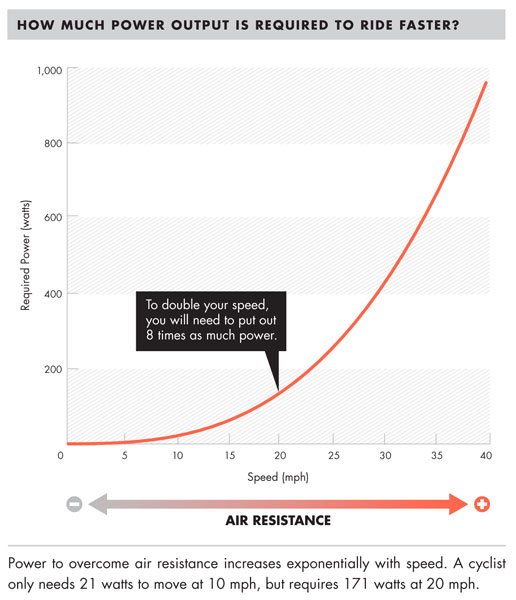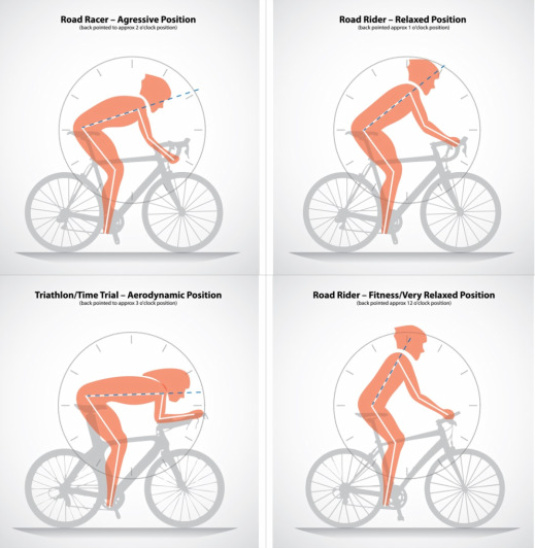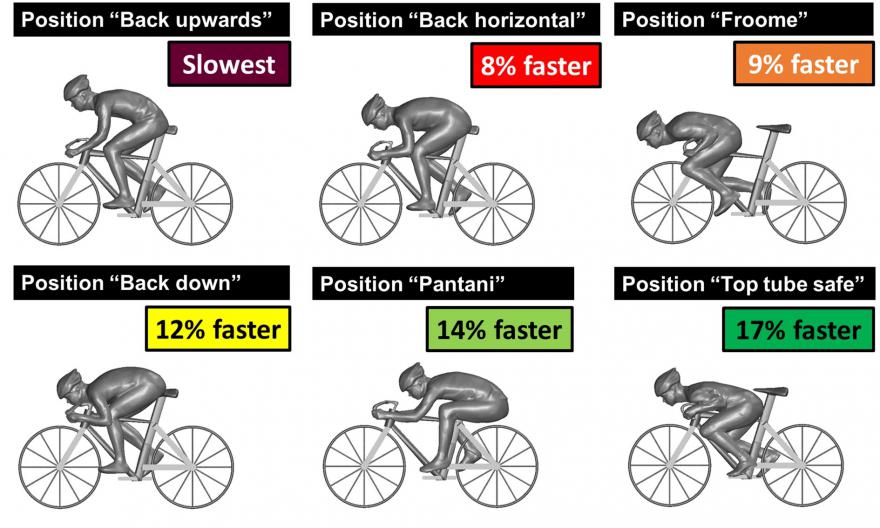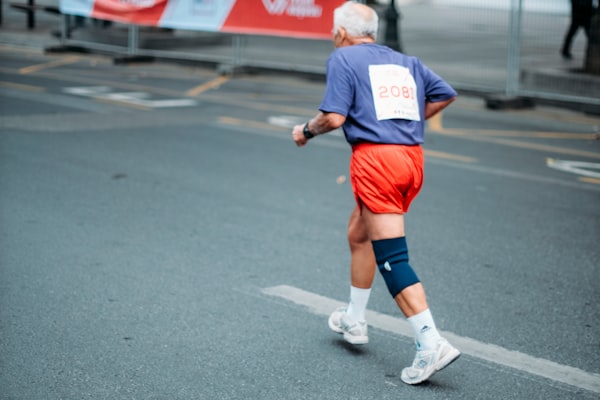The Science of Cycling Aerodynamics
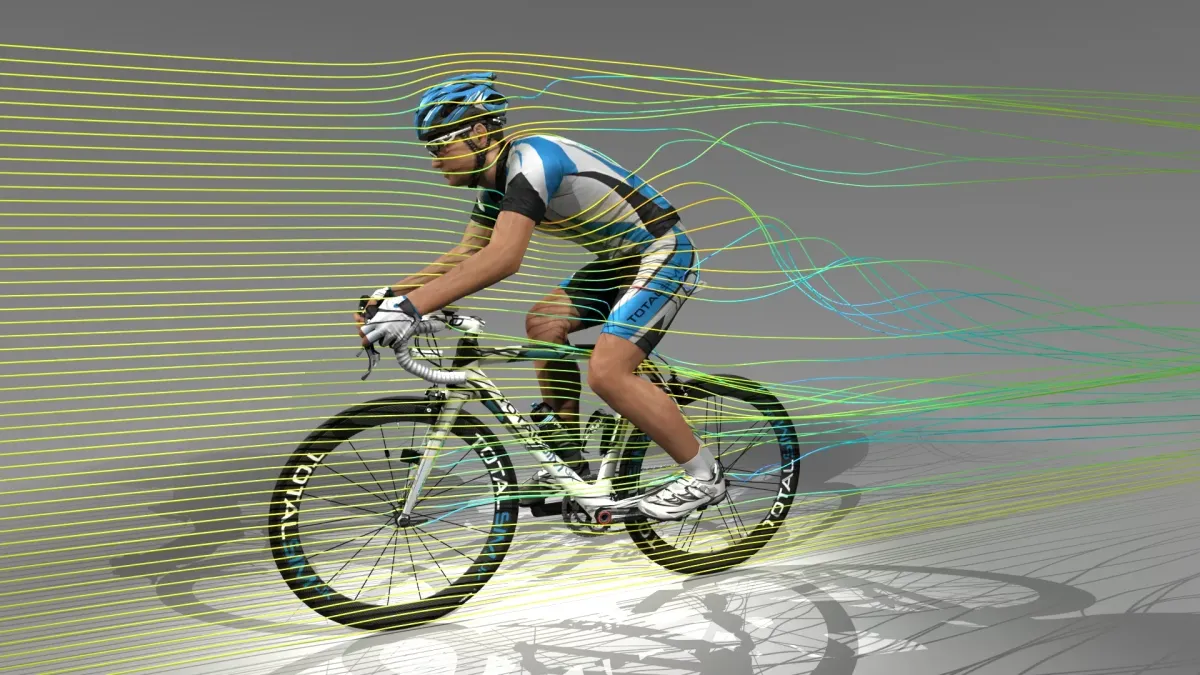
Every cyclist who has ever pedaled into a stiff headwind knows all about wind resistance. Even a light breeze in your face can turn a pleasant ride into a slog. It’s exhausting! Although a headwind is obvious, even on a perfectly still day the number one impediment to riding fast is the air we breathe.
A Real World Lesson in the Importance of Aerodynamics
The 1989 Tour de France marked the beginning of the aerodynamic revolution in the peloton. Although today’s time trial bikes look like space ships compared to LeMond’s red steel Bottecchia with its U-shaped bar, it’s undeniable that his innovation changed the world of cycling. Although unprovable, it’s very likely that Greg LeMond, who started the final time trial 50 seconds behind Laurent Fignon, would not have won that year had he not ridden with a set of custom built aero-bars and a swept helmet. His 8 second margin remains the slimmest winning margin of any Tour de France to this day.
Aerodynamics are the Greatest Force Working Against You
On a flat road, aerodynamic drag is by far the greatest force working against a cyclist, it accounts for 70 to 90 percent of the resistance a rider feels when pedaling. When the road ticks up the effort needed to pedal the bike uphill against the force of gravity outweighs the effect of wind resistance.
The bicycles we talk about around these parts put the cyclist in an upright position and have poor aerodynamics because of it. For comparison, HPVs (human-powered vehicles) place the cyclist in a reclined position within an aerodynamic shell. In an HPV a trained cyclist can achieve speeds of 80-plus mph.
Compared to that perfect, aerodynamic shell the body is a blunt, highly irregular object and the arms, torso and legs form a sail facing oncoming wind. As a cyclist moves along, they disturb the air around them, forcing the air to separate from the surface of their body. Low pressure regions form behind the rider resulting in a pressure drag. With high pressure in the front of the rider and low pressure behind, the cyclist is constantly being pulled backwards by aerodynamic drag.
Streamlined tube shapes, rim profiles, helmets and body positions on the bike allow air to move more smoothly around the cyclist and bike to reduce pressure drag. Less of a factor than air pressure drag, but still present and working against you is direct friction. Direct friction occurs when air comes into contact with the outer surface of the cyclist and bicycle. Skinsuits and shave legs are examples of ways direct friction can be reduced.
Aerodynamics: Power Output Required to Ride Faster
Every cyclist has to overcome wind resistance. In order to move forward, the rider must push through the mass of air in front of them. This costs energy. The faster the cyclist goes, the more wind resistance they experience and thus the more energy they must exert to overcome it. Ever wonder why it gets harder and harder to improve your average speed as you train? Well, thanks to the air around us improvements in speed require quadratic increases in power output.
Cycling Aerodynamics Calculator
Here’s a fun quick calculator that helps illustrate the impact of aerodynamics on how hard a cyclist has to ride to achieve a given speed.
Notes on the calculator: This calculator is an approximation. Assumptions were made to simplify this calculation. Body position and size are not accounted for nor are other factors which may vary like coefficient of friction.
The Power of Drafting
If you’ve ever ridden in a group and gotten dropped off the back, you know the power of drafting. Once you’re out of the slipstream it is often impossible to get back to the group.
As we said above, as the cyclist moves through the air, they produce a turbulent low pressure area behind them. That low pressure air moves along with the cyclist. If you’re following another cyclist closely, you can move into the low pressure area behind them and gain a huge advantage. The low pressure area pulls you along.
Drafting imparts an almost magical advantage upon the entire group. Even at a fair distance (1 meter) a trailing cyclist gets approximately a 38% reduction in drag and as you close distance to the wheel in front of you the benefit increases. Surprisingly, drafting helps the cyclist in the lead as well. By filling in the low pressure area behind the lead rider you improve their performance as well. Two people who are drafting in a pace-line are more efficient than two individuals riding separately. Obviously, the rider in front is still doing more work than the rider in the back but it reinforces the benefit of working with a breakaway partner whenever possible. If you can create a two man pace-line and take turns in the lead you will be faster than if you ride alone.
In road racing, the peloton is the ultimate form of drafting. Cyclists who are part of the peloton save 40-plus-percent of the energy expenditure of a cyclist who is not part of the group.
Reducing Air Resistance on the Bike
The most obvious first option to greatly reducing air resistance on the bike would be to change the bike entirely. Human-powered vehicles, as in the video above, use a recumbent design and a lightweight outer shell to greatly improve aerodynamics. HPVs can travel at very high speed, the current record is 89.59 mph. Obviously, recumbent bicycles and HPVs are not allowed in road racing by the UCI.
So, how do we air reduce resistance and improve aerodynamics on a road bike. A lot of people start by spending a lot of money. A new aerodynamic road bike, a new set of aerodynamic wheels and so on. Before you know it you’ve spent thousands, but was your money well spent? Perhaps not. Cycling Weekly did a great study a few years back comparing aerodynamic upgrades and the wattage savings they give a cyclist, the results were surprising:
Which aerodynamic gains are the most cost efficient?
| Item | Watts saved | Cost | Watts saved per pound spent |
| Carnac aero helmet vs non-aero vented helmet | 18w | £79.99 | £4.34/w |
| Carnac skinsuit vs relaxed jersey and shorts | 32w | £79.99 | £2.53/w |
| Aero overshoes vs Planet X shoes, no covers | 18w | £14.99 | £0.81/w |
| Planet X EC-130E aero bike vs RT80 lightweight bike | 7w | £2499.99 | £379.94/w |
| Vision Metron 55m wheels vs Vision Team 30mm aero wheels | 0w | £1349.99 each | £0/w (equal) |
That’s right, more aerodynamic clothing and some shoe covers took the cake. Other studies have replicated the results. So before you invest $5000-$10,000 or more in a aero road bike, consider that your money might be better spend on an aerodynamic kit or two. Another option for quick (and very cheap) aerodynamic savings on the bike? Shave those legs:
Watts Saved by Shaving Legs
The tests showed that shaving his legs reduced Thomas’s drag by about 7 per cent, allowing him to exert 15 watts less power and still go at the same speed. In theory, that translates to a 79-second advantage over a 40-kilometre time trial that takes about one hour.
Another quick note here, when shopping for bikes, frames and wheelsets which advertise aerodynamic advantage, analyze the data provided closely. If an aerodynamic road bike advertises a 25 watt savings be sure to find out what speed that savings comes at. If a 25 watt savings is incurred at 50 kph (31 mph), and the benefit falls off quadratically as speed decreases, how big of an impact will that truly have on you as a rider?
The keys to a good aerodynamic position
Traditionally, cyclists have been taught that aerodynamics improve as you move through the following positions (illustrated above): hands on top of bar (least aerodynamic), hands on hoods (better), hands in drops (most aerodynamic). Recently, there has been a bit of a paradigm shift.
The Most Aerodynamic Riding Position for Road Cycling
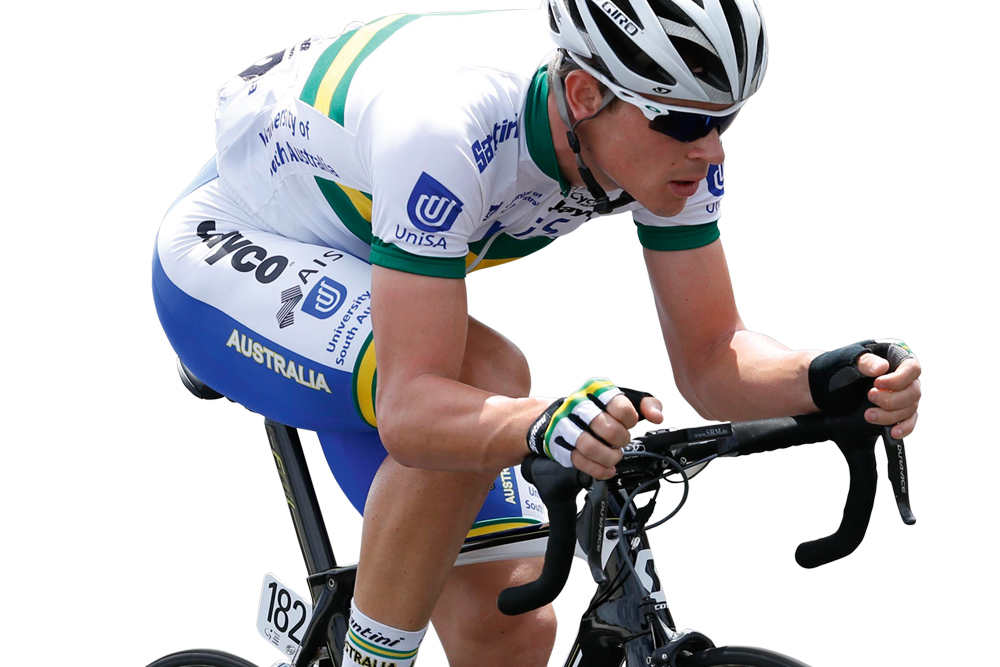
Recent studies have shown that with the right positioning, hands on the hoods is the most aerodynamic position:
Nine relevant cycling postures have been studied, and it was found that for road cycling, gripping the hoods with horizontal forearms can reduce the required cyclist power by 13.4%, and for draft-legal triathlon applications, the use of short bar extensions reduced the required power by up to 16.7%. It was also found that lowering the eyes and head increased drag in both drops and triathlon postures. Measurements of the velocity profiles of the wake of a cyclist in four different postures are presented, and it is shown that differences in drag coefficients between postures can be correlated with changes in the wake velocity defect and turbulence intensity distribution.
When we talk positioning on the bike, aerodynamics are not the only consideration. If you contort your body into an insanely aerodynamic position but are unable to produce power, you are not at an advantage. It is, therefor, import to practice aerodynamic positioning as part of your training plan and find a position that allows you to ride comfortably at a power output which isn’t compromised. Even when training indoors you should spend time in various positions to build comfort with them and understand how your body feels when it is in good position. Your speed is a product of power versus drag; less of the former is not going to do you any favors.


